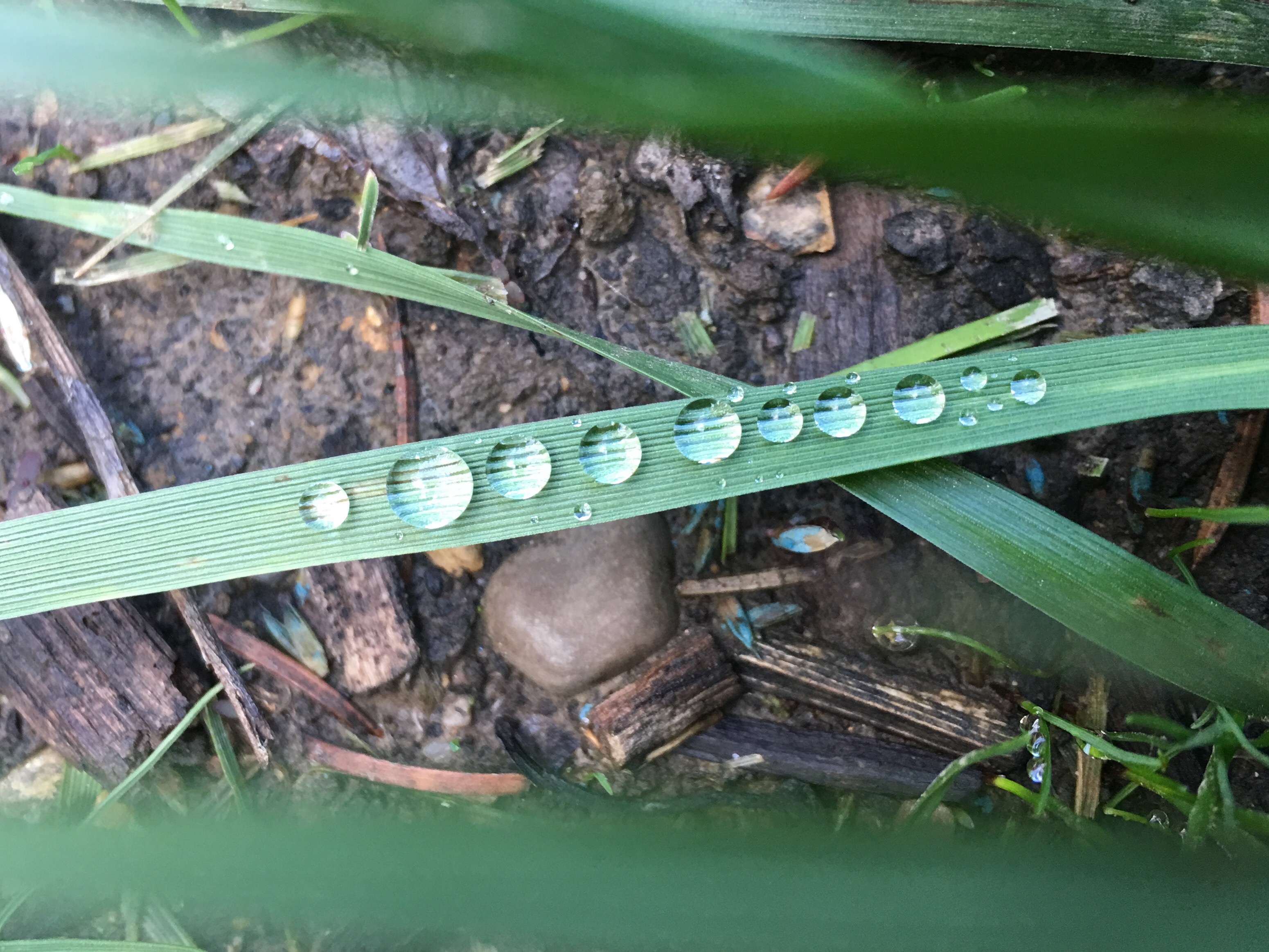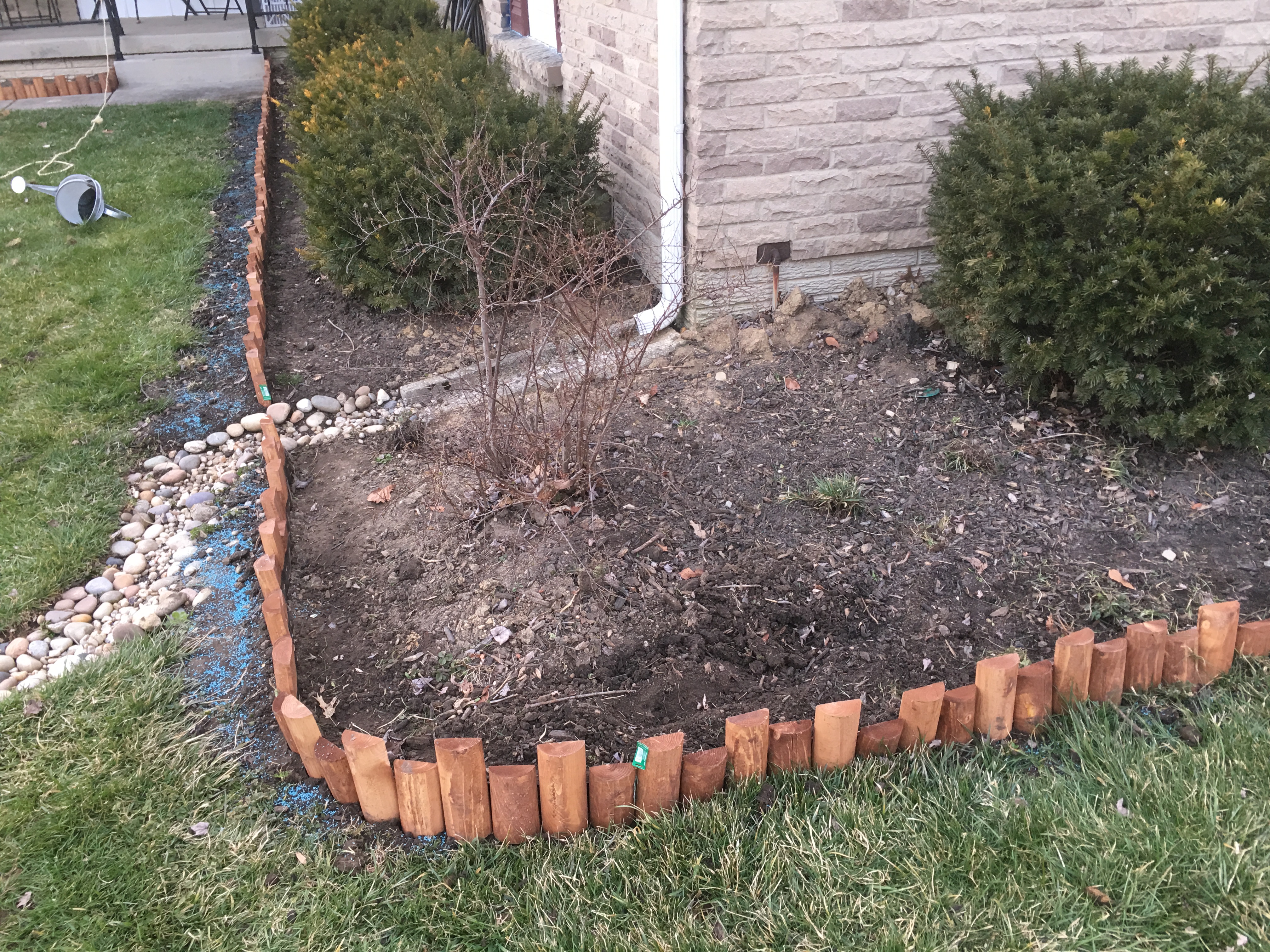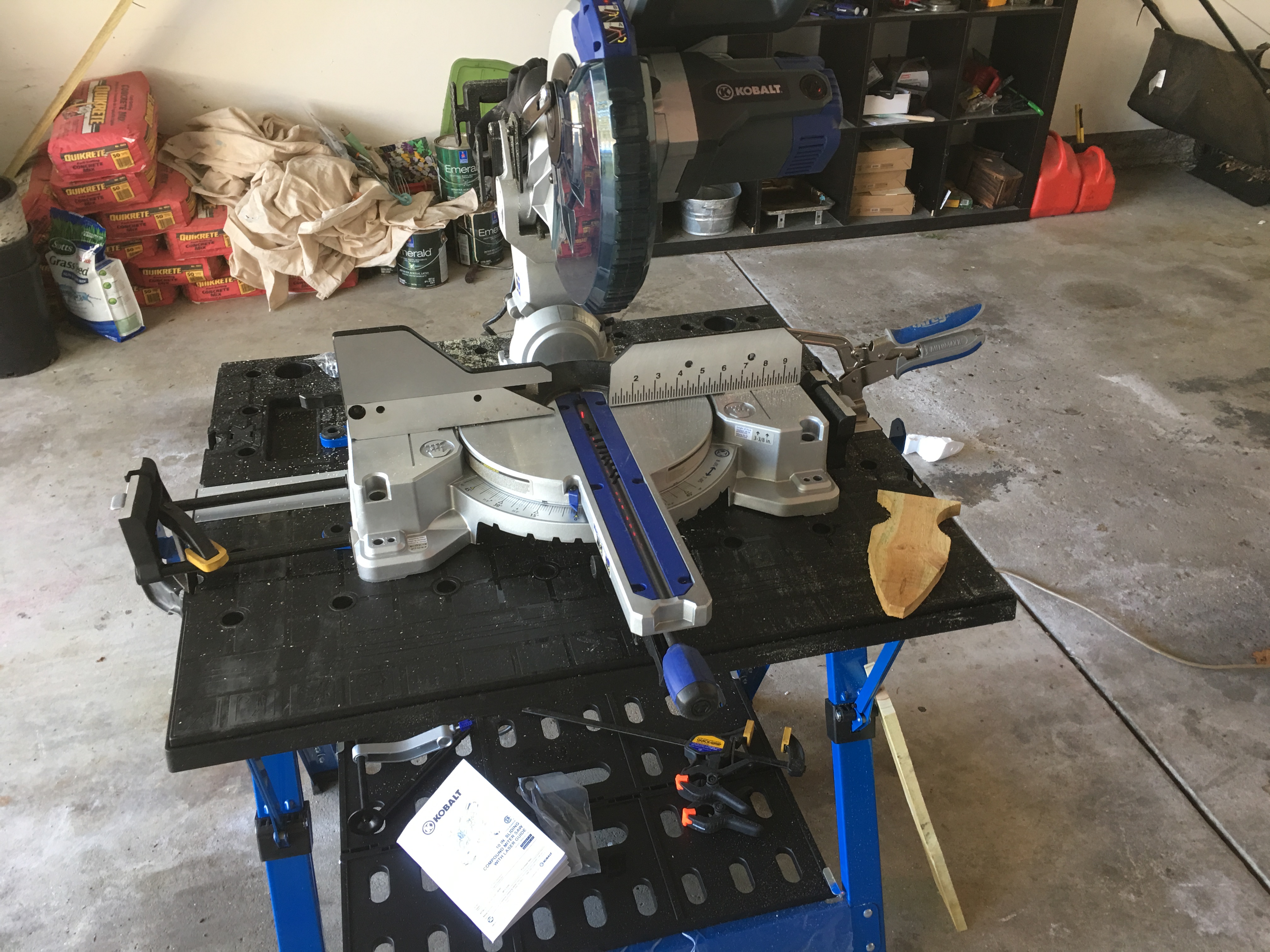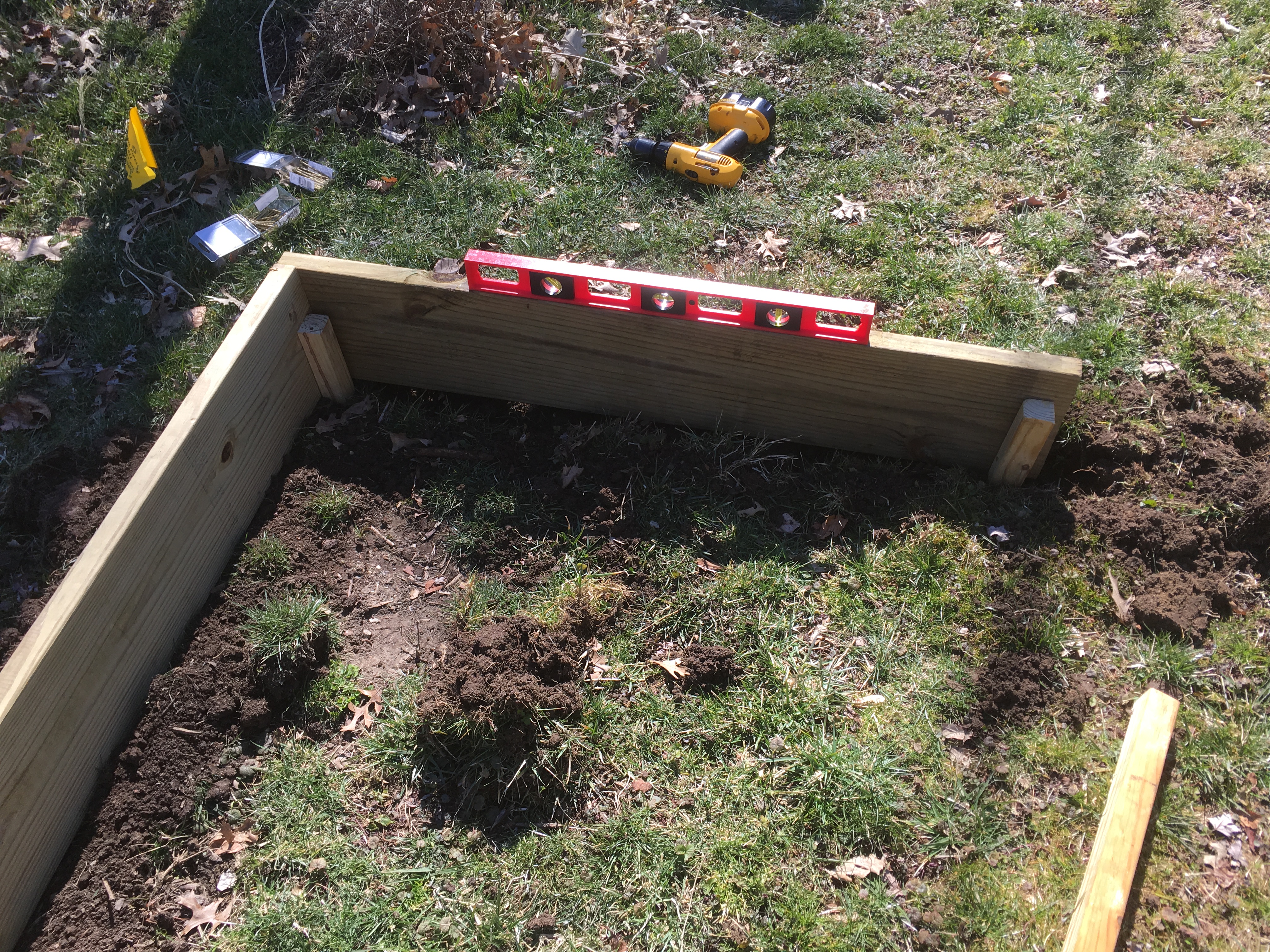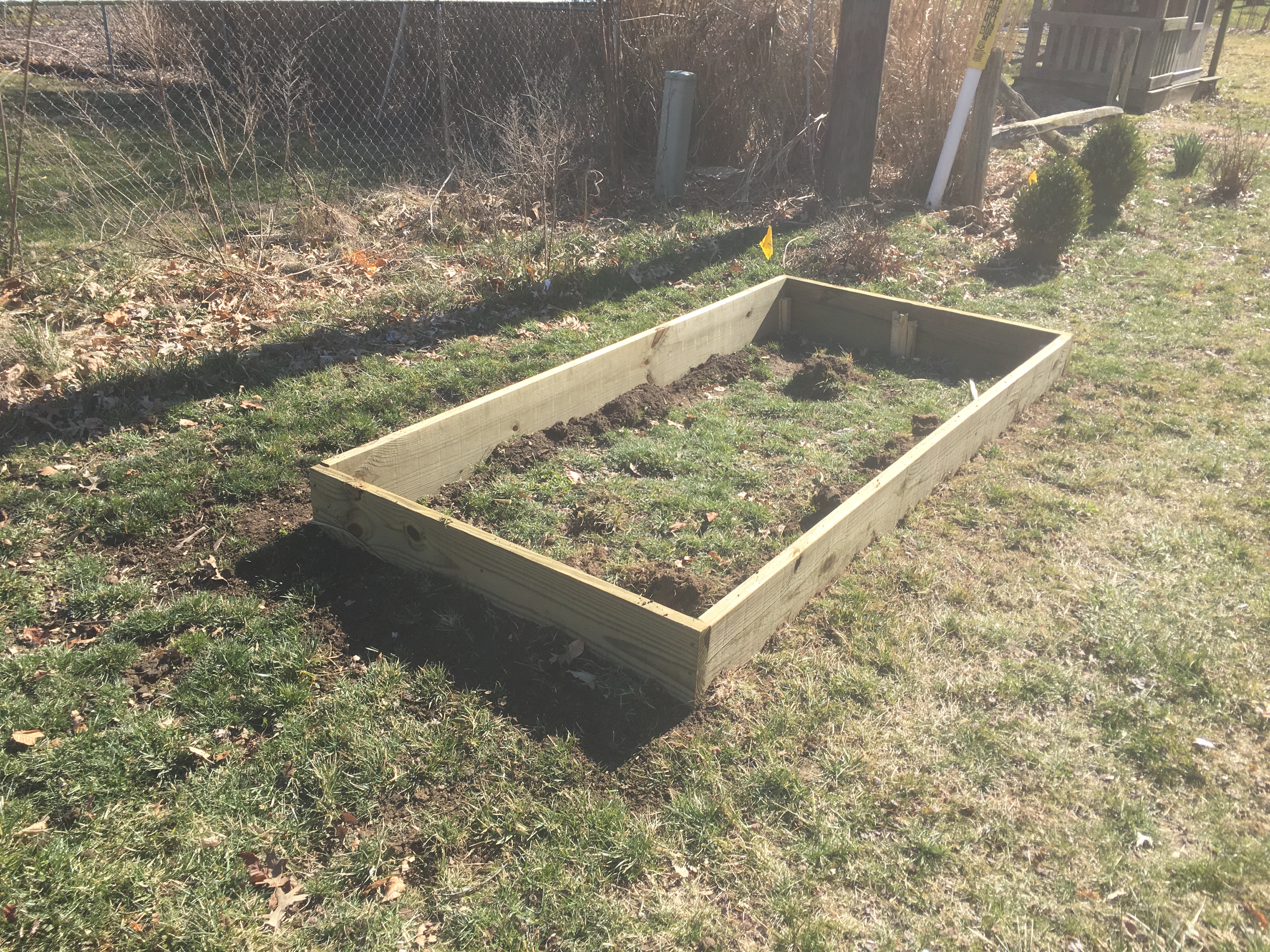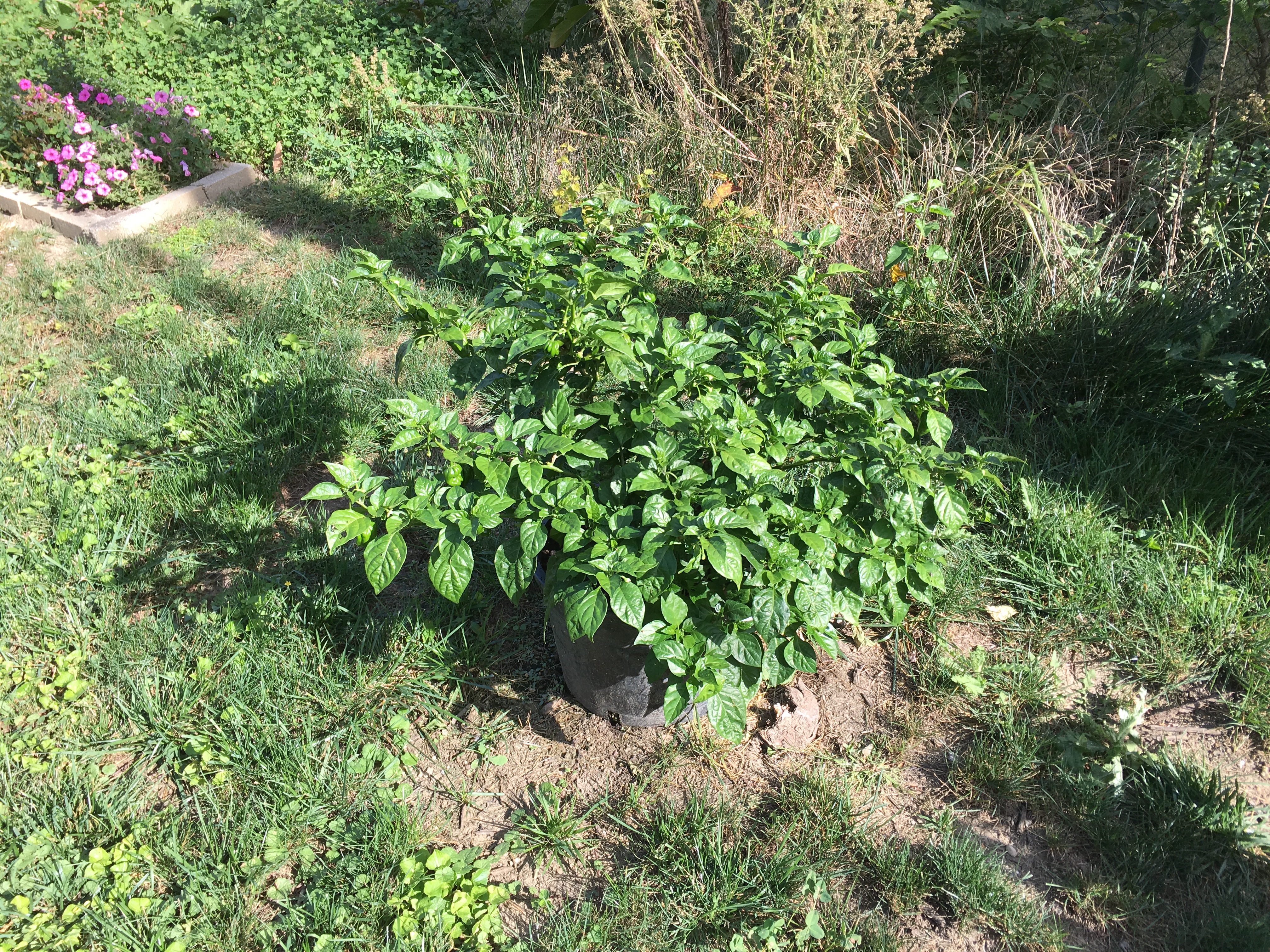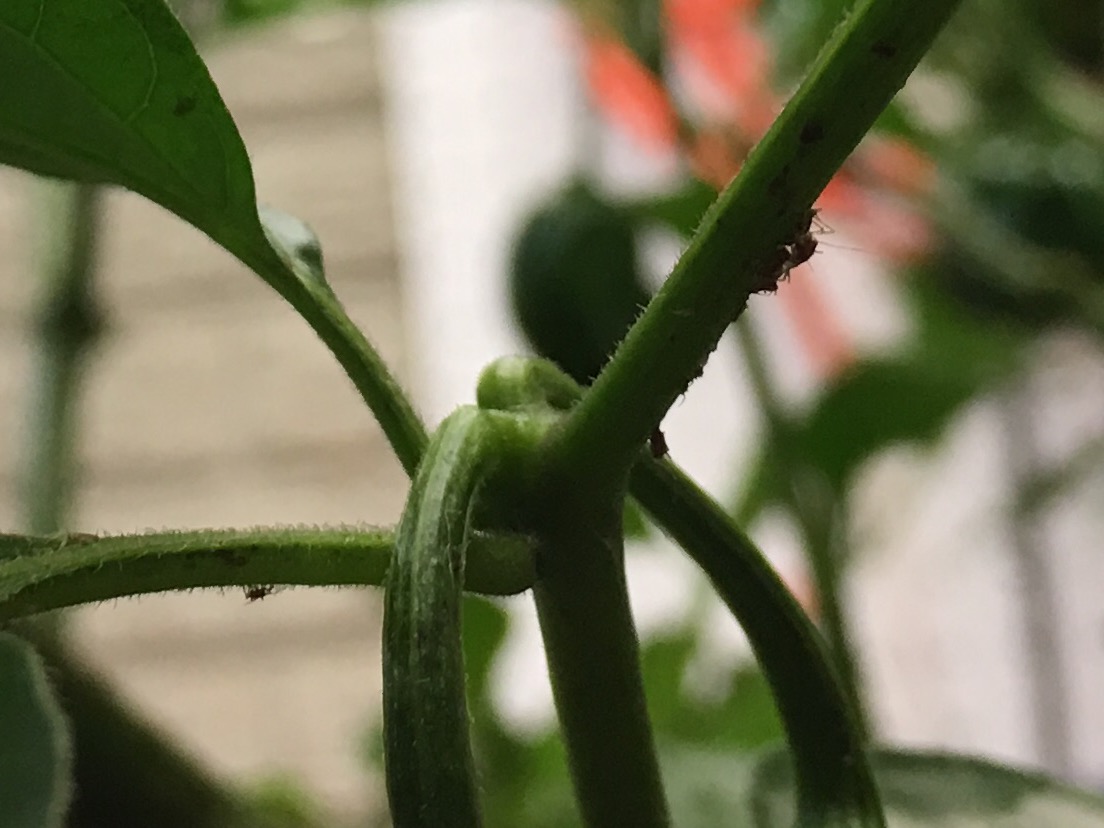More on the indoor growing front. Well, nothing really new, just more photos.
My attempts at growing basil inside have been technically successful, but basil really doesn’t appreciate the scanty light provided by fluorescents, lending me to believe, as I had suspected, that the photos of those green and busy basil plants on the boxes of grow kits to be bullshit. Even so, they managed to flower (which means they’re not happily making lots of leaves as they should):
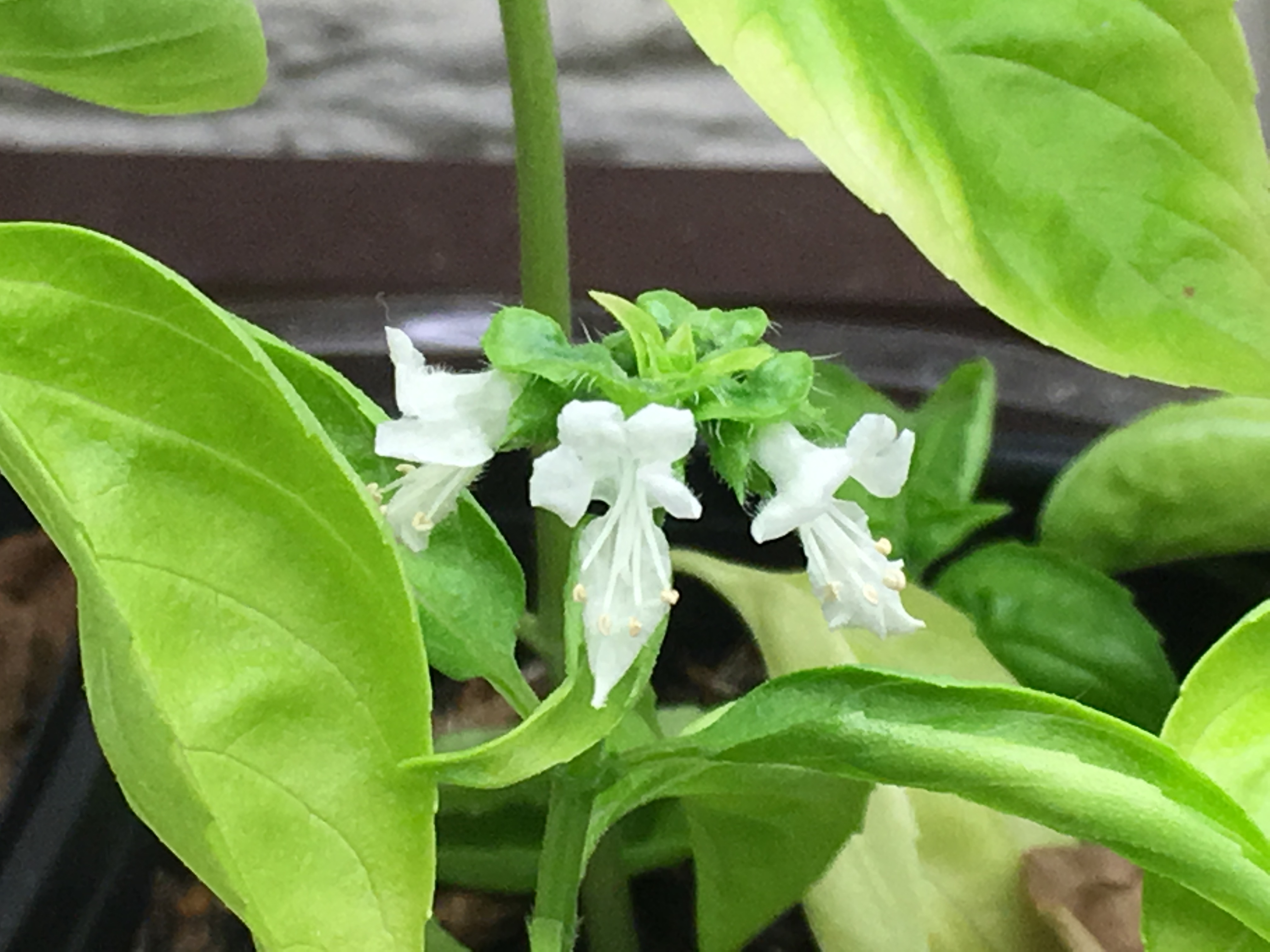
One of the plants that’s historically been really easy to grow inside is sage. We have no need for more sage plants, but I started this one because it’s from the seed that my first sage plant produced–the one in the pot that I started from seed years ago that finally went to flower. I’ll probably gift this one:
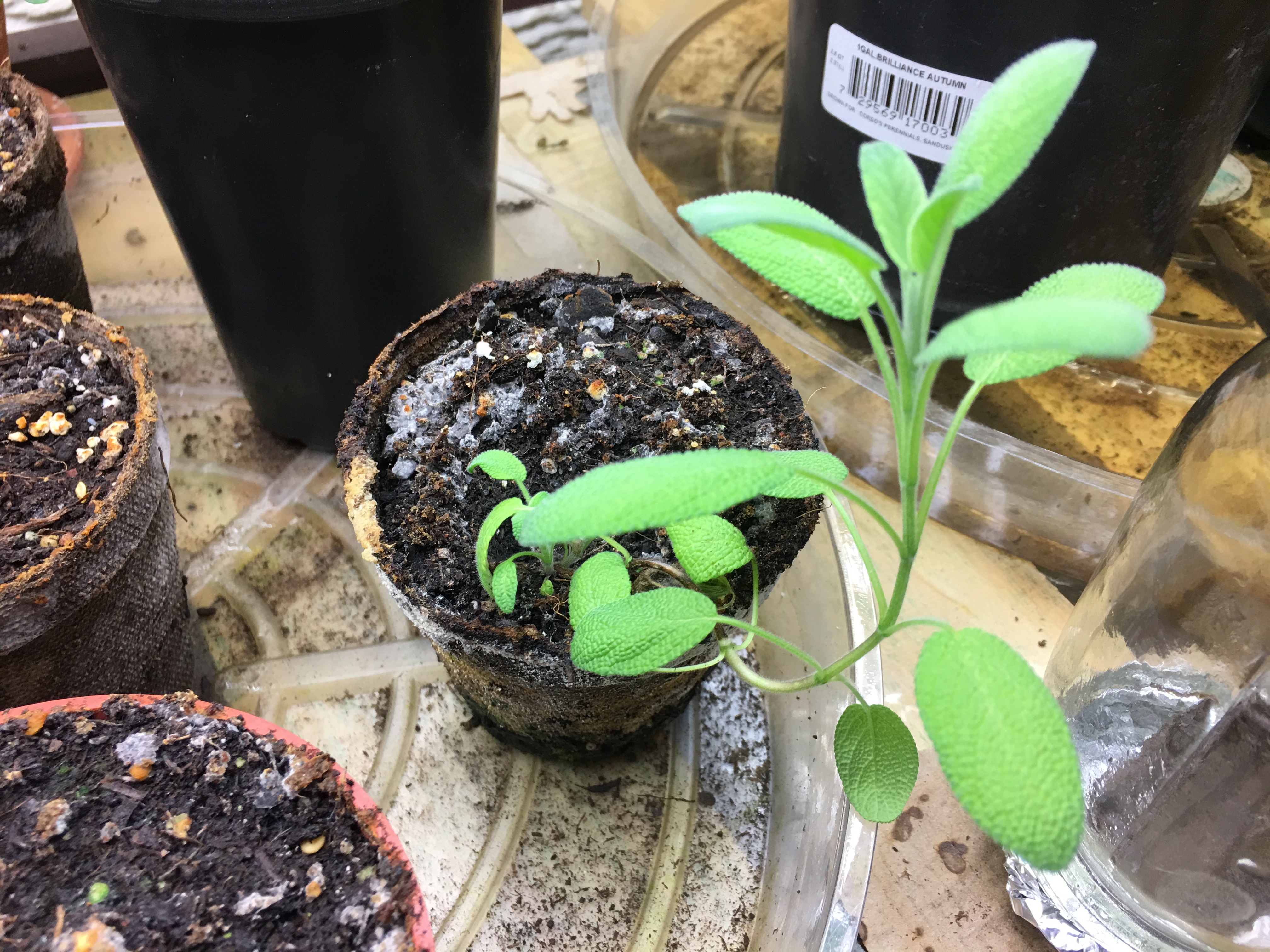
After the aphids ravaged my pepper plants, I had been struggling to get a new one to germinate. Last year I learned that starting them around December/January gave them the time they needed to produce. But pepper seeds are lazy, and I had been becoming dismayed. Thankfully, I finally saw a sprout:
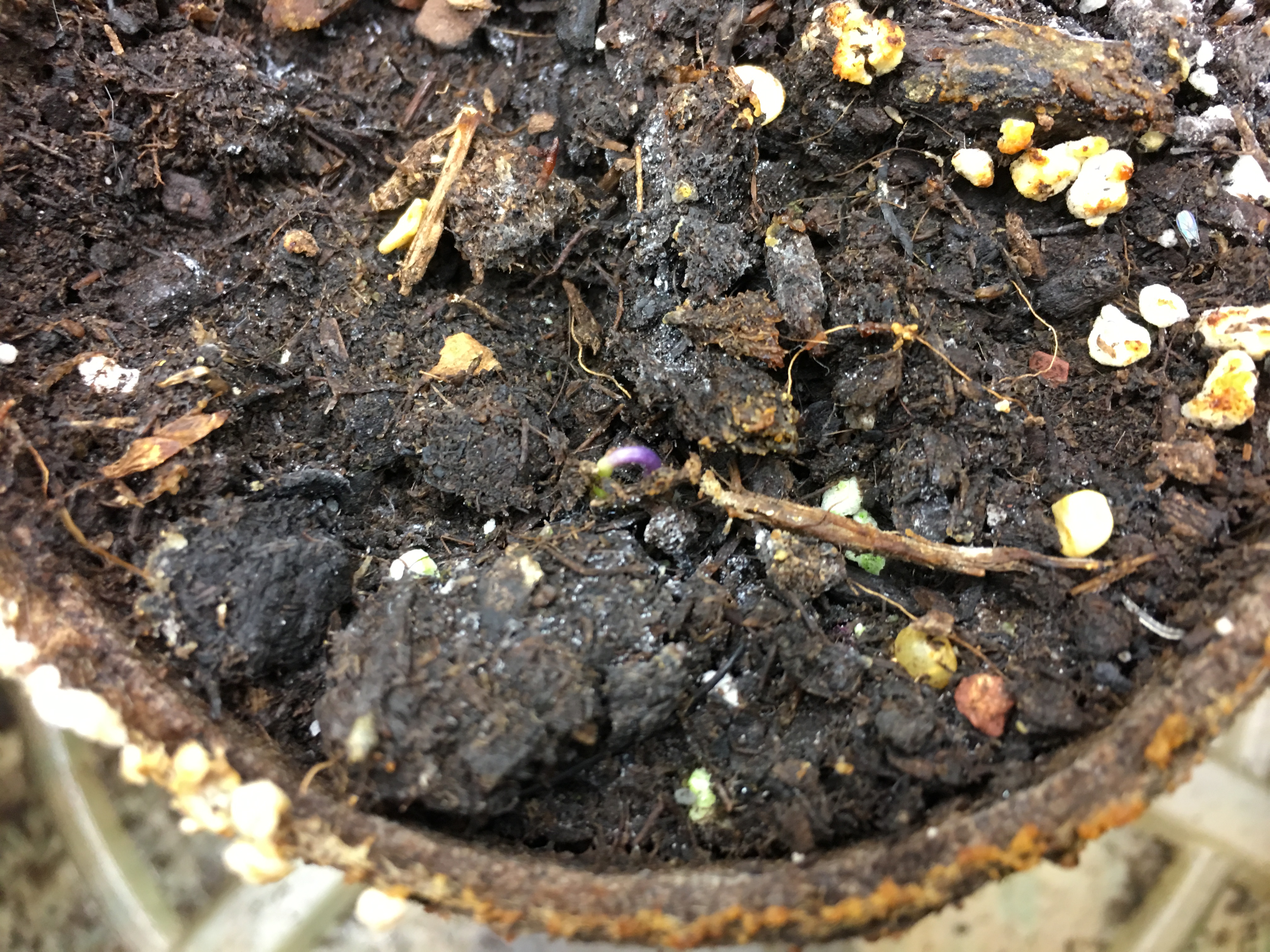
This is an attempt to grow an aloe plant from part of a leaf from a grocery store. I’m curious, though not terribly hopeful:
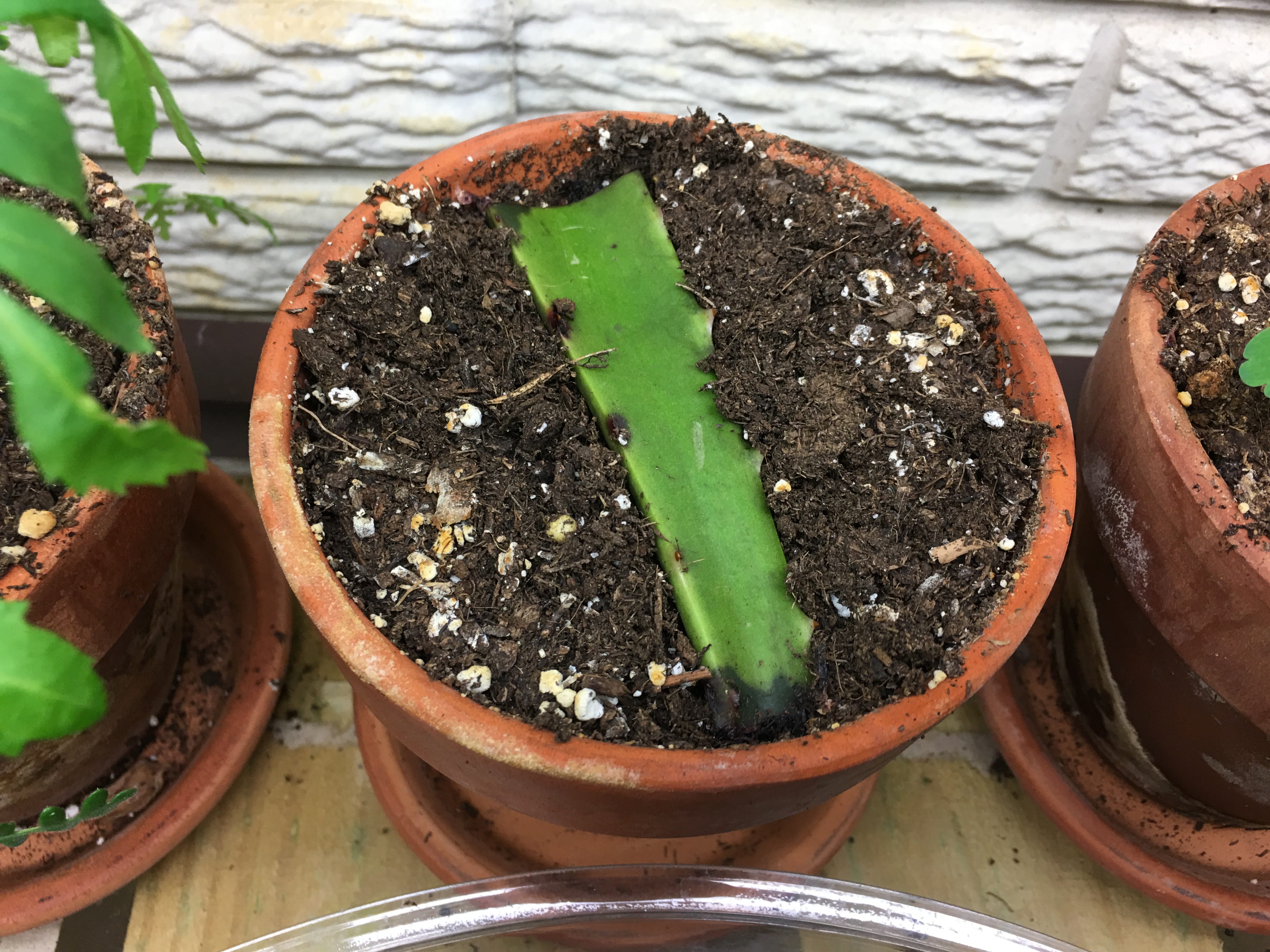
And lastly, here’s an assortment of things. There’s the rhubarb plant I’ve overwintering until I get it in the ground, as assortment of beans I was forced to plant as they were starting to mold, the poinsettia–awaiting next year’s festivities, an annual whose name I can never remember that we call “The Vegas Plant” (overwintering), and another potato–grown from salvaged kitchen scraps:
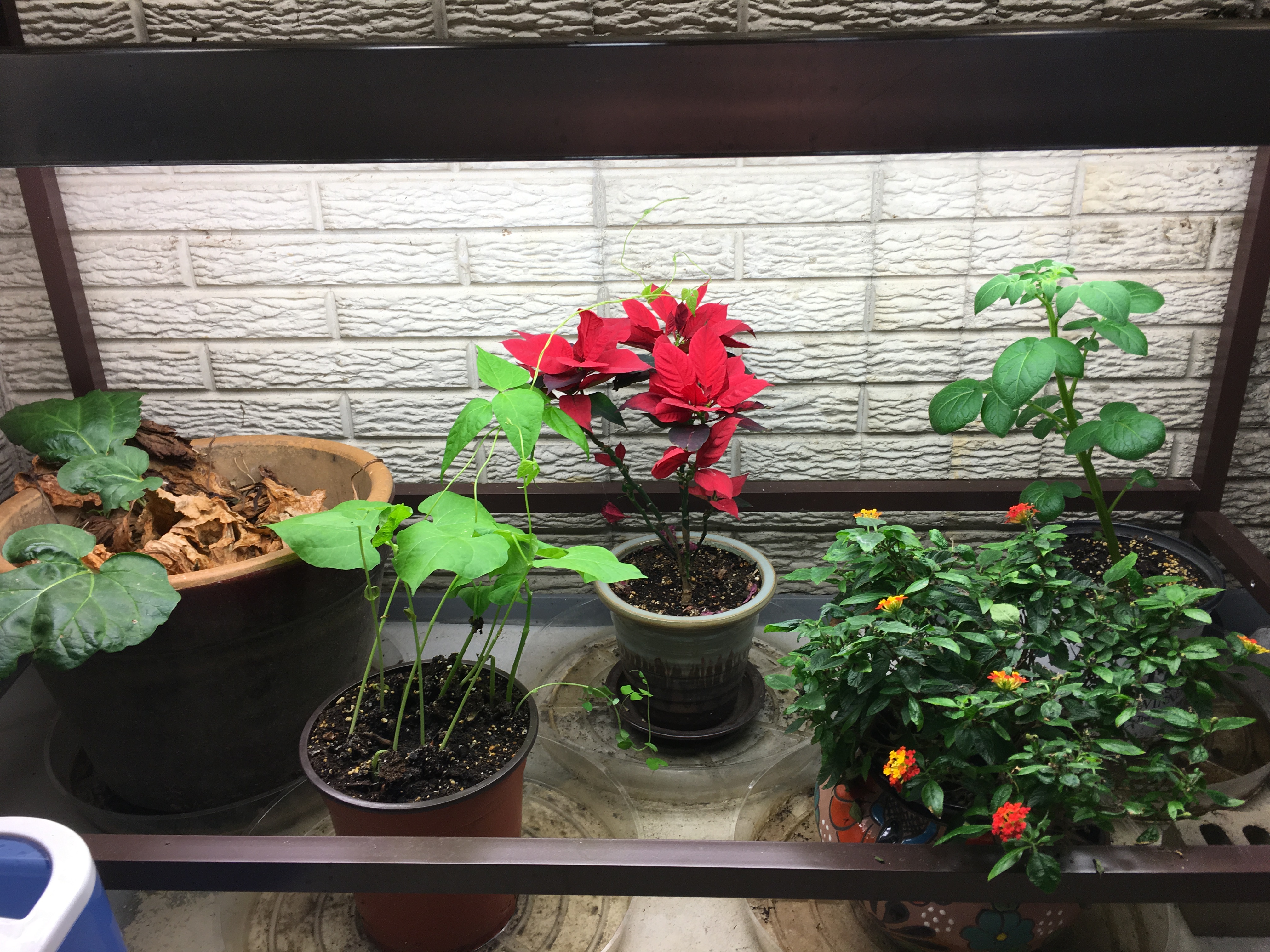
We’re fully in the winter slump now, but I still have my little patch of green.
–Simon
